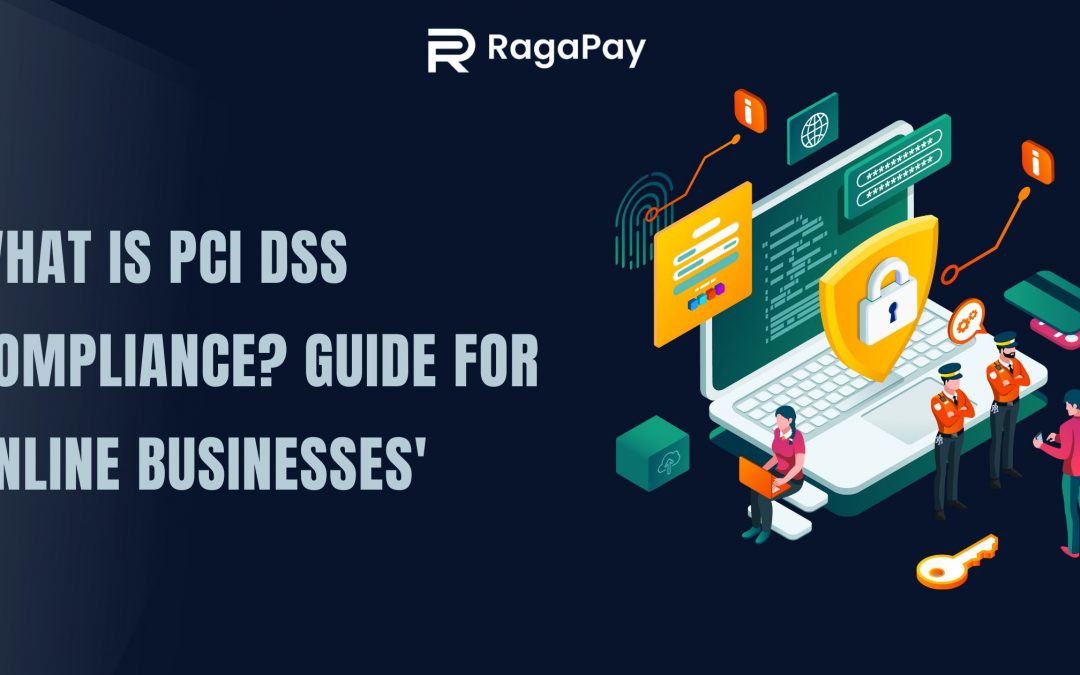Introduction
In today’s digital age, online businesses have become more prevalent than ever before. With the rise of e-commerce, more and more customers are turning to the internet to purchase products and services. However, with this convenience comes a greater risk of cyber threats, particularly in regards to sensitive data such as credit card information. That’s where PCI DSS compliance comes in.
What is PCI DSS Compliance?
PCI DSS (Payment Card Industry Data Security Standard) compliance is a set of security standards established by major credit card companies such as Visa, Mastercard, and American Express. The goal of these standards is to ensure that businesses that handle sensitive cardholder information are taking adequate steps to protect their customers’ data. Compliance with these standards is mandatory for all businesses that process, transmit, or store credit card information.
PCI DSS requirements:
The PCI DSS consists of 12 requirements, which are broken down into six categories. These requirements range from building and maintaining a secure network to regularly monitoring and testing networks. Achieving PCI DSS compliance can be a complex process that requires businesses to take a number of steps to protect their customers’ data.
Here’s a closer look at each of the six categories of PCI DSS requirements:
Build and Maintain a Secure Network
The first two requirements in the PCI DSS are focused on building and maintaining a secure network. This includes installing and maintaining a firewall configuration to protect cardholder data, as well as avoiding the use of vendor-supplied defaults for system passwords and other security parameters.
Protect Cardholder Data
The second category of PCI DSS requirements is focused on protecting cardholder data. This includes protecting stored cardholder data, as well as encrypting transmission of cardholder data across open, public networks.
Maintain a Vulnerability Management Program
The third category of PCI DSS requirements is focused on maintaining a vulnerability management program. This includes using and regularly updating anti-virus software or programs, as well as developing and maintaining secure systems and applications.
Implement Strong Access Control Measures
The fourth category of PCI DSS requirements is focused on implementing strong access control measures. This includes restricting access to cardholder data by business need-to-know, assigning a unique ID to each person with computer access, and restricting physical access to cardholder data.
Regularly Monitor and Test Networks
The fifth category of PCI DSS requirements is focused on regularly monitoring and testing networks. This includes tracking and monitoring all access to network resources and cardholder data, as well as regularly testing security systems and processes.
Maintain an Information Security Policy
The final category of PCI DSS requirements is focused on maintaining an information security policy. This includes maintaining a policy that addresses information security for all personnel, as well as regularly reviewing and updating this policy.
The benefits of achieving PCI DSS compliance
Achieving PCI DSS compliance can be a complex process that requires businesses to take a number of steps to protect their customers’ data. This can include regular vulnerability scanning, penetration testing, and ongoing training for employees. Compliance is validated through an annual assessment, which can be conducted by a qualified security assessor or self-assessment questionnaire.
The benefits of achieving PCI DSS compliance are numerous. Compliance can help businesses to protect their customers’ data, reduce the risk of data breaches and cyber attacks, and avoid costly fines and legal action. Additionally, achieving PCI DSS compliance can help businesses to build trust with their customers and enhance their reputation.
Conclusion
In conclusion, PCI DSS compliance is a crucial component of any online business that processes, transmits, or stores credit card information. Compliance requires businesses to take a number of steps to protect their customers’ data, including building and maintaining a secure network, protecting cardholder data, maintaining a vulnerability management program, implementing strong access control measures, regularly monitoring and testing networks, and maintaining an information security policy.

